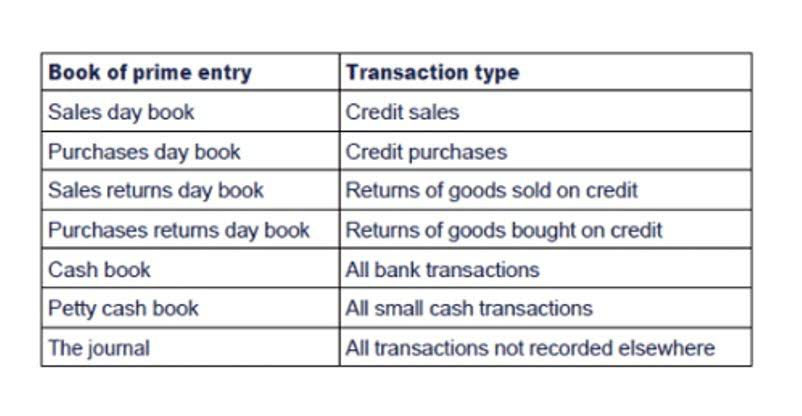

This decreases your unearned revenue liability because you performed the service. Even though a payment has been received it is not considered income immediately. So it stays on your balance sheet until services or products are delivered.
Global payments
At that time, the unearned revenue will be recognized as revenue on your income statement. Deferred revenue is recorded as such because it’s money that hasn’t yet been earned. The company sends the newspaper to its customer each month and recognizes revenue as the fiscal year progresses. The accountant records a debit entry to the deferred revenue account monthly and a credit entry to the sales revenue account for $100. The entire deferred revenue balance of $1,200 has been gradually booked as revenue on the income statement at the rate of $100 per month by the end of the fiscal year. Deferred revenue is often gradually recognized on the income statement to the extent that the revenue is “earned” as a company delivers services or products.


What Is the Opposite of Deferred Revenue?
- In short, a company needs to generate enough revenue and cash in the short term to cover its current liabilities.
- The accounting period were the revenue is actually earned will then be understated in terms of profit.
- For items like these, a customer pays outright before the revenue-producing event occurs.
- Deferred revenue, also known as unearned revenue, refers to advance payments a company receives for products or services that are to be delivered or performed in the future.
An easy way to understand deferred revenue is to think of it as a debt owed to a customer. Unearned revenue must be earned via the distribution of what the customer paid for and not before that transaction is complete. By delivering the goods or service to the customer, a company can now credit this as revenue.
Prepaid rent


If your customer pays you a year in advance for your editing services, you can only recognize the revenue for the month in which goods and services have been provided. According to the accounting reporting principles, unearned revenue must be recorded as a liability. Sometimes you are paid for goods or services before you provide those services to your customer.
How Current Liabilities Work
Therefore, it commonly falls under the current liability category on a business’s balance sheet. It illustrates that though the company has received cash for its services, the earnings are on credit—a prepayment for future delivery of products or services. You record prepaid revenue as soon as you receive it in your company’s balance sheet but as a liability. Therefore, you will debit the cash entry and credit unearned revenue under current liabilities.


Accounting Fraud: Prevention and Detection
The earned revenue is recognized with an adjusting journal entry called an accrual. Short-term debts can include short-term bank loans used to boost the company’s capital. Overdraft credit lines for bank accounts and other short-term advances from a financial institution might be recorded as separate line items, but are short-term debts. The current portion of long-term debt due within the next year is also listed as a current liability. Accrued expenses are listed in the current liabilities section of the balance sheet because they represent short-term financial obligations. Companies typically will use their short-term assets or current assets such as cash to pay them.
Generally speaking, you should be more careful spending cash from deferred revenues than regular cash. For example, if a business pays out a performance bonus annually and one of their employees has been smashing goals every month, the bonuses are adding up. With each month, a business can record the performance bonuses as a liability on their balance sheet to accurately record what they’ll need to pay out at the end of the period. Unearned revenue is listed under “current liabilities.” It is part of the total current liabilities as well as total liabilities. A client purchases a package of 20 person training sessions for $2000, or $100 per session.
Since the goods have not been provided to Company C, risks and rewards related to the goods have not been transferred. The figure of this transaction is recorded in the balance sheet in the form of debt since the business has to pay it to the customers. It can become a revenue only when the product or service is delivered. This fund is very useful for businesses because the money is received beforehand, which can be utilized for other productive purposes. When a company records unearned revenue, it does so as a liability on its balance sheet.
Creating and adjusting journal entries for unearned revenue will be easier if your business uses the accrual accounting method, of which the revenue recognition principle is a cornerstone. Unearned revenue refers to the money small businesses collect from customers for a or service that has not yet been provided. is unearned revenue a current liability In simple terms, unearned revenue is the prepaid revenue from a customer to a business for goods or services that will be supplied in the future. Below, we’ll walk through how to record unearned revenue, how unearned revenue impacts financial statements and balance sheets, and examples of unearned revenue.



